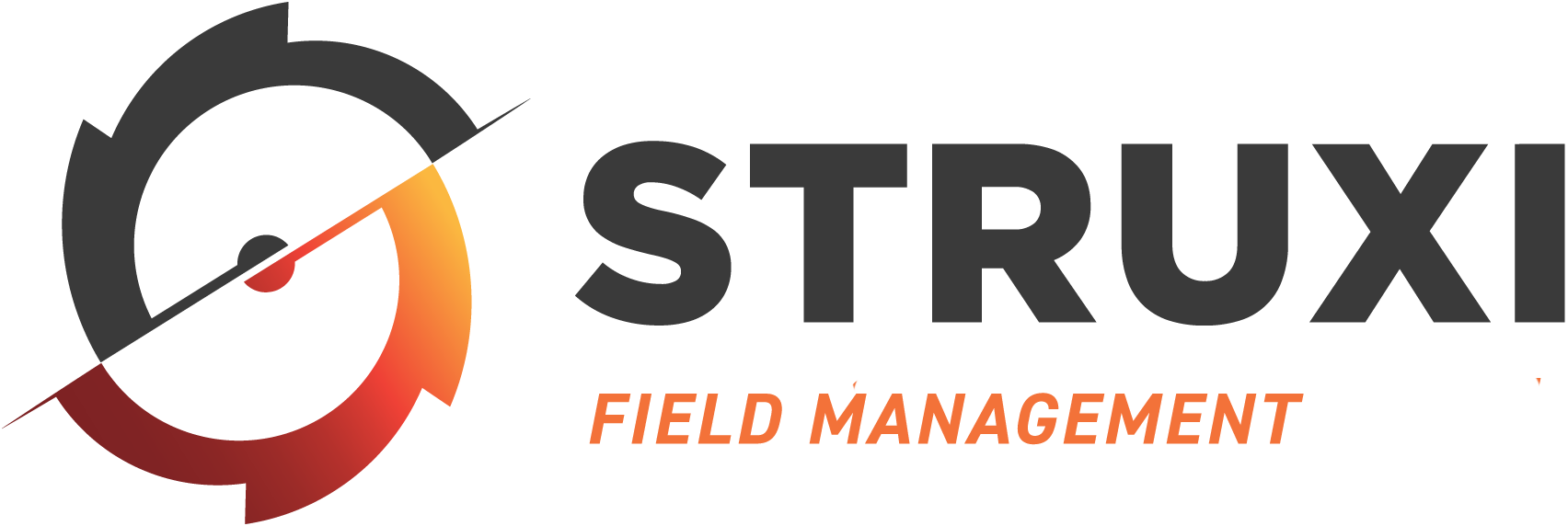Change is inevitable. No matter what you do, time stops for no person and no industry. However, for construction, labor-productivity issues have become obstacles that prevent industry changes from occurring. The rest of the world moves on, but construction has lagged behind. When an industry like construction—one that has seen almost ZERO productivity growth in two decades—is avoiding change, you can bet that it comes down to the industry’s culture.
For construction workers, the idea of digital technology construction sites seems unnecessary. Approaches that were tried and true in the past may sound like the way to handle a job in the present. If the paper-pushing approach worked for your grandpa’s construction company, then it should work for your company, right?
Tough news: the answer’s no. This isn’t your grandpa’s construction company anymore. Times have changed.
When change occurs, the immediate reaction is for employees to object, especially when that change revolves around digital tools in the field. Is their every move going to be tracked by GPS or geofencing? Why is this change happening when construction projects have always been done the same way? And even worse, could this construction tech and culture shift take their job away from them?
These questions create problems for implementing construction tech. Employees get upset, leaders back down on using tech, and no change happens.
But there’s a way to bring innovative tech to your job sites: make tech work for YOUR team. Acknowledging and enhancing your team’s skills gives your employees the confidence and support to face technology head on. Then, providing easy digital adoption improves the technical process for employees, making tech usage easier and more catered to your team’s strengths.
Acknowledge and Enhance Team Skills
Provide a conversational learning opportunity for not only your crew members, but also your company leaders. Bringing tech onto job sites to improve labor productivity is a new frontier for construction. Acknowledge your employees’ concerns and questions, and take the opportunity to enhance their skills to make tech work for them.
Here are ways you to acknowledge and enhance skills on YOUR teams:
- Encourage and foster a learning culture in your company.
- Include opportunities for your trades to be included in formal training sessions.
- Provide programs that award incentives that recognize digital adoption.
- Offer periodic tech refresher sessions.
- Ensure vendor materials include readily available up to date manuals, documentation and videos.
- Elect digital champions to encourage these practices.
Improve and Simplify Processes
Good user-onboarding processes for digital adoption platforms can make your team’s transition to tech easier. Not only can it make the transition easier, but also it can help your employees better understand construction tech and how to make it work for them.
The best way to do that is by improving and simplifying your processes. A strong, process shouldn’t increase complexity; it should reduce it. Get your process improved, and you’ll further improve the digital construction culture at your company.
Here are some tips on how to have smooth digital adoption that prepares you for improved processes:
- Hold daily or weekly on-site digital adoption strategy meetings perhaps after morning safety meetings. Make attendance engaging and practical.
- Pay for data usage absorbed by the app or provide devices.
- Include at least one dissenter in your new tech investment sourcing.
- Ensure applications mirror (as closely as possible) the current project workflow practices, or they need to change.
If you need some additional help on how to support your teams’ transition to using digital tools, watch STRUXI’s webinar to further walk you through the process:
You Started a Culture Shift: What’s Next?
You found the problem, learned how to conduct productivity analysis and uncovered the way to make tech work for your employees: check, check and check!
Next, we’ll discuss the final step: discover how to ACTUALLY improve construction labor productivity on and off your job sites. Use your digital tools to look at the scope of work, the cost of materials, labor hours and more to improve your productivity. Read our next blog post to learn about the solution that says “goodbye” to your labor-productivity problem and “hello” to increasing your productivity.

